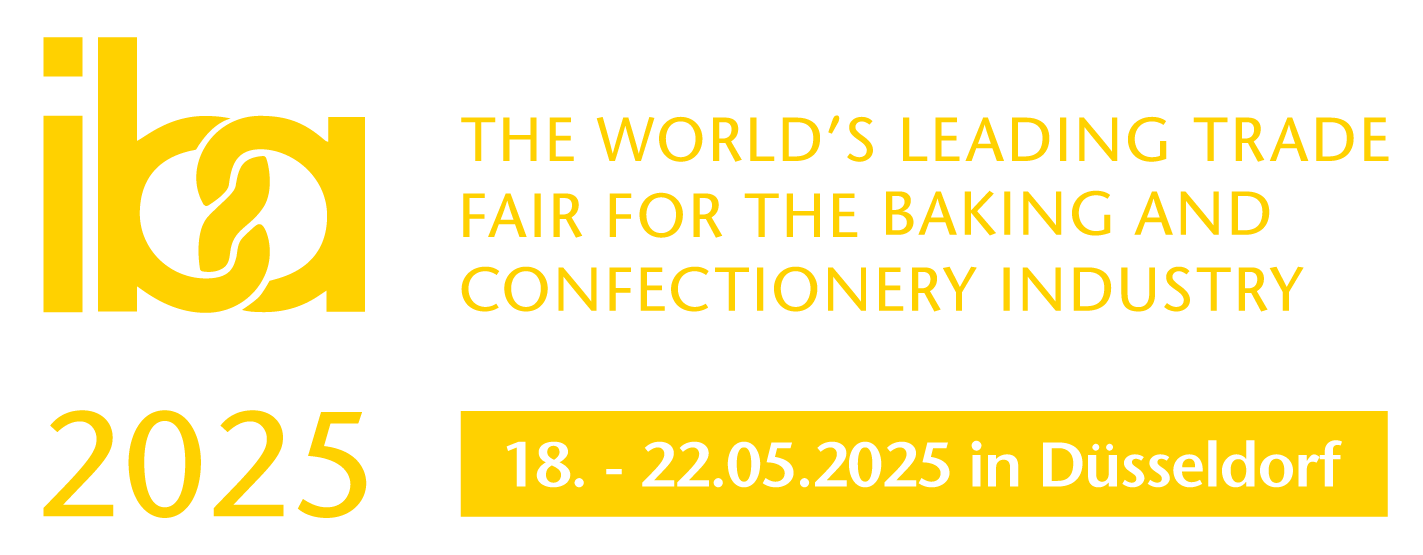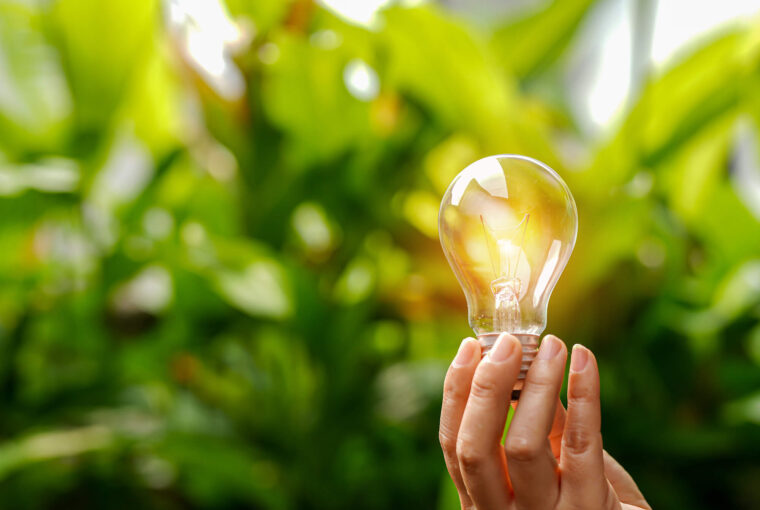Today’s economic challenges have led many bakeries to look for ways to reduce their operating costs. Energy costs can be a significant part of these expenses, especially for bakeries that produce large quantities of baked goods on a daily basis. At the same time, companies are more and more looking to meet their environmental responsibilities and commit to more sustainability. In addition to saving energy through solar thermal, one promising way for bakeries to meet these challenges is to use alternative heat sources from their own bakery ovens. By reusing heat that would’ve otherwise been lost, you can reduce your energy costs while scoring high on sustainability. Here are three ways your business can invest in sustainable energy, ventilation and air conditioning and be more cost effective.
1.) Air-water heat exchanger
One way to reuse the heat from the bakery ovens is to install an air-water heat exchanger. In this case, the hot air from the oven passes through the heat exchanger, where it heats up the cold fresh air, which is then led back into the baking chamber. This process allows your bakery to use the waste heat from the ovens to reduce energy consumption and keep the room temperature stable. One disadvantage of air-to-water heat exchangers is that they only work effectively when there is adequate airflow. If the air circulation in the bakery is poor, the efficiency of the heat exchanger may be compromised. In addition, heat exchangers are usually costly to purchase.
2.) Heat storage
Here the heat from the ovens is absorbed in a heat storage tank and can be used later to heat the rooms or to heat water. Heat storage allows your bakery to efficiently use the waste heat from the ovens to reduce energy consumption and lower operating costs. At the same time, it contributes to environmental protection by using less energy and thus reducing its CO2 emissions. However, heat storage requires a lot of space. Your business must have enough space to install the thermal storage. In addition, depending on the model, the storage tanks have limited capacity, which means that they cannot store heat indefinitely.
3.) Solar thermal
Another sustainable way to reduce energy costs is to rely on solar thermal energy. This involves installing solar thermal collectors on the roof of the bakery, which use the sun’s energy to heat water. The heated water can then be used for heating and for hot water supply. The use of solar thermal can reduce your energy consumption by relying on renewable energy sources. However, with solar thermal, it is important to mention that it is dependent on solar radiation. On cloudy days or at night, energy production can be affected.
Pricewise, the cost for the different methods varies: Air-to-water heat exchangers and heat storage can typically be expensive, while solar thermal tends to require a large initial investment but can save money in the long run. In either case, we recommend that businesses conduct a thorough cost-benefit analysis to decide which method is best suited to their individual needs and financial capabilities.
More exciting topics
There is a lot to discover not only on the iba.BLOG, but also on iba.UNIVERSE: Find interesting articles from exhibitors on exciting food trends as well as the topics of digitalization, health, craftsmanship, complete solutions, sustainability and quality assurance.










